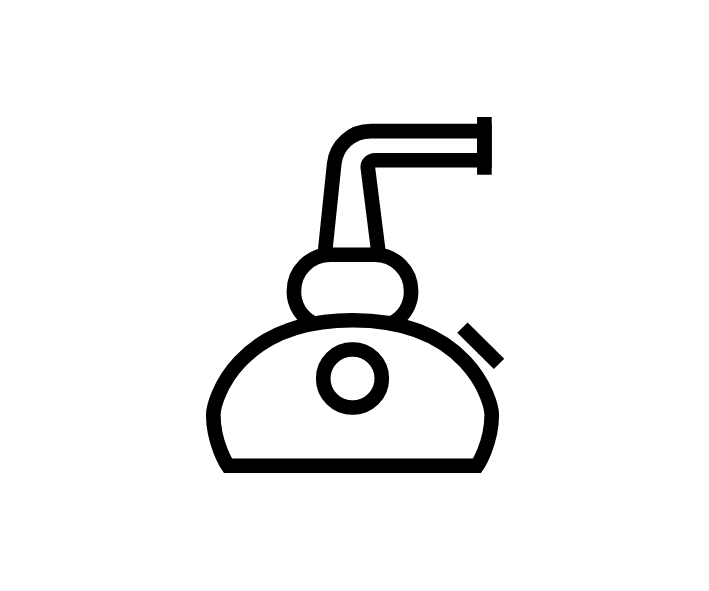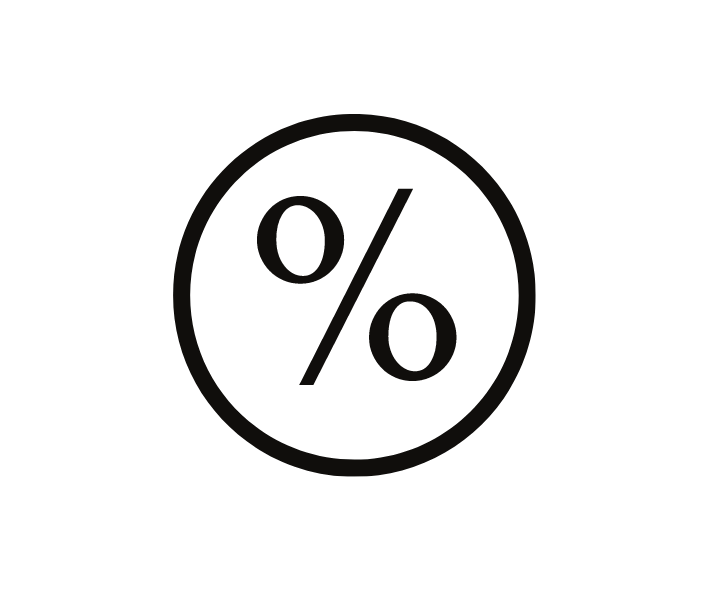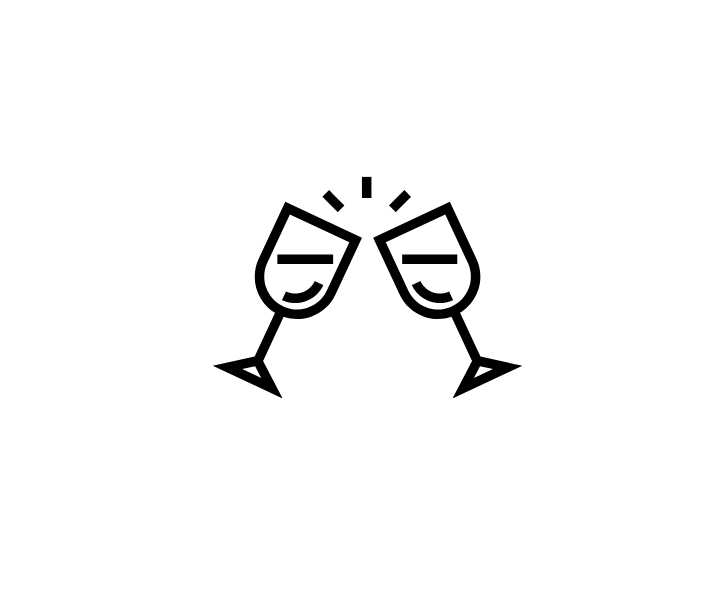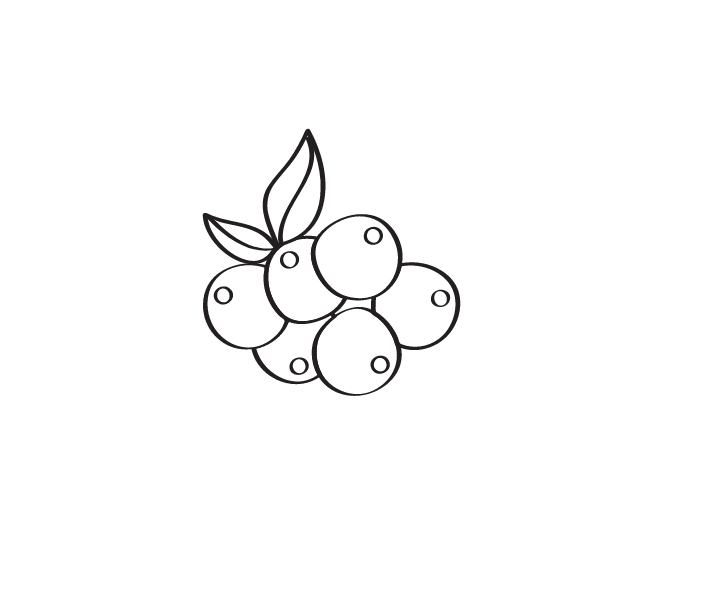
Spiritsfully’s Glossary
This page is still under construction
DISTILLATE
Liquid obtained by condensation of the vapour collected at the end of distillation.
INFUSION
The extraction of flavours is done by macerating the plants in hot water or in water in the case of infusion. The difference is that the alcohol is heated. The heat is maintained for several days and the result is a more flavourful and less expensive product.
You can do infusion with water instead of alcohol (think tea!) as it consists in pouring simmering water over plants. Several plants can be mixed together. A homemade floral infusion will keep for a little over a week in the fridge without preservatives. The heat is not kept like in the case of alcohol making.
The plant infusion does not have the same composition and therefore does not have the same properties as the corresponding hydrolat. It will not be as intense.
DECOCTION
If the plants are put into cold water, and water put into boiling one speaks of decoction. For an infusion this is simmering water that is poured over plants/flowers etc.
HYDROLATS – HYDROSOLS
Hydrolats (French word, sometimes used in English as well as the term hydrosol) are obtained during distillation by steam distillation of the parts of a plant (flower, leaves, etc). In other words it is an aqueous aromatic preparation obtained by distilling water in which a vegetable substance is bathed.
The technique : during distillation, the water vapour passes through the plants and is then condensed. An essential oil is then obtained and the floral water or hydrolate. As oil and water do not dissolve together, the characteristics of the oils and the condensed water vapour (known as hydrolate) can sometimes be very different.
MACERAT – MACERATION
The goal is to obtain the aromatic substances from the raw materials. This method is used when the raw materials would lose some of their flavour or characteristics if they were heated. In basic terms, the raw material is immersed in the raw alcohol until that spirit absorbs the flavour.
PERCOLATION
Percolation can almost be seen as a variation of extraction or vaccum distillation. It can be done either hot or cold. The raw material (or flavouring agent) is placed in a container of sorts and the raw alcohol is either bubbled through it for a few days to weeks or it is brought to a boil, so that the vapours rise, percolate through the flavouring agent and fall back into the main pot, much like the old coffee percolators. The “hot” version is close to distillation.
Photo in the header by Joshua Hoehne
















